The 1904 Olympics were unusual for several reasons. It was the first Olympics held outside Europe, in St. Louis, America. Secondly, the games coincided with the "World's Fair," called the Louisiana Purchase Exposition, causing confusion. The most peculiar event was the 25-mile marathon, described as “the most bizarre spectacle in Olympic history.” The race conditions were so extreme that 18 out of 32 athletes withdrew due to severe exhaustion, injuries, and fatigue.
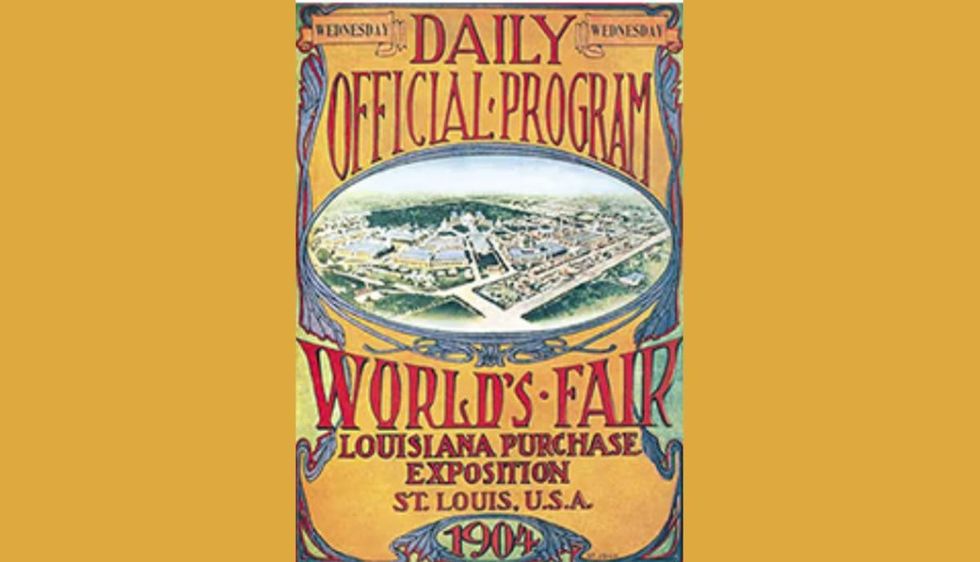
This marathon caused a major uproar for its outrageous conditions. Held on August 30, at sweltering 3 pm, the marathon’s trail included an unpaved, 24.85-mile dust-covered road, skirting seven hills, some hundreds of feet high, along the Missouri plains. To add to the brutishness of the game, only one water stop was arranged throughout the trail, a roadside well situated 12 miles into the race. James Sullivan, the chief organizer of the games, had deliberately done this for research. He wanted to see the effects of minimal fluid intake and dehydration on the candidates, testing their limits and stamina, per Smithsonian Magazine.
Only a few countries participated in the 1904 Olympics. According to HISTORY, around 523 of the 623 total athletes were Americans. Marathon participants included experienced American athletes like Sam Mellor, A.L. Newton, John Lordon, Michael Spring, and Thomas Hicks. Fred Lorz, another American contender, laid bricks during the day and trained at night. Other participants included two men from the Tswana tribe of South Africa—the first Black Africans to participate in the modern Olympics—who were in St. Louis for the South African World’s Fair Exhibit.
In addition to the American candidates, the marathon included Félix Carvajal, a Cuban athlete, who appeared in New Orleans wearing a white, long-sleeved shirt, long, dark pants, a beret, and a pair of street shoes. Interestingly, a fellow Olympian cut off his trousers to the knee so he could run comfortably.
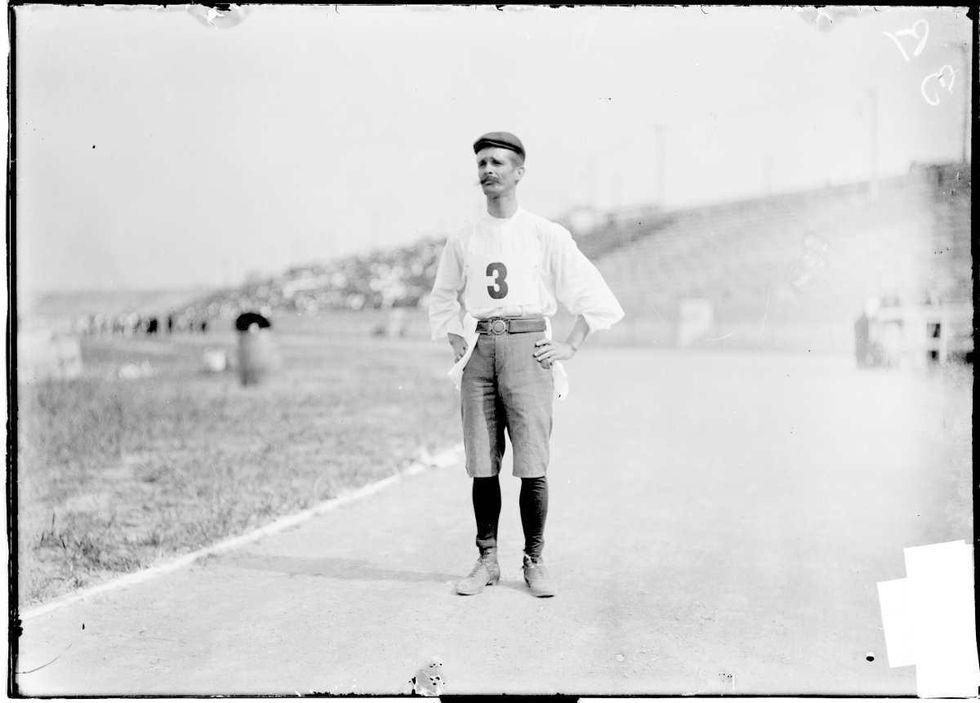
As the race began, its thirty-two athletes took their places at the starting line. But then the course of the race unfolded into a series of bizarre events. Carbajal, for instance, stopped midway into the race to snack on some apples that turned out to be rotten. He had to stop by a corner as the rotten apples gave him severe stomach cramps.

South Africa's Taunyane was running smoothly until wild dogs chased him, causing him to finish ninth out of the 14 finishers. Additionally, William Garcia of California inhaled so much dust into his esophagus from the country roads that he suffered a stomach hemorrhage that was just close to being fatal. At the end of the race, Lorz was to be awarded the winning medal, but when the time came, someone claimed that he was an “imposter.” As the entire episode unfolded, officials came to know that Lorz, upon suffering from stomach cramps, had taken a lift from a car, for about 11 miles during the race. But Lorz was unperturbed. He went on to claim that he had only finished the race as a “joke.”
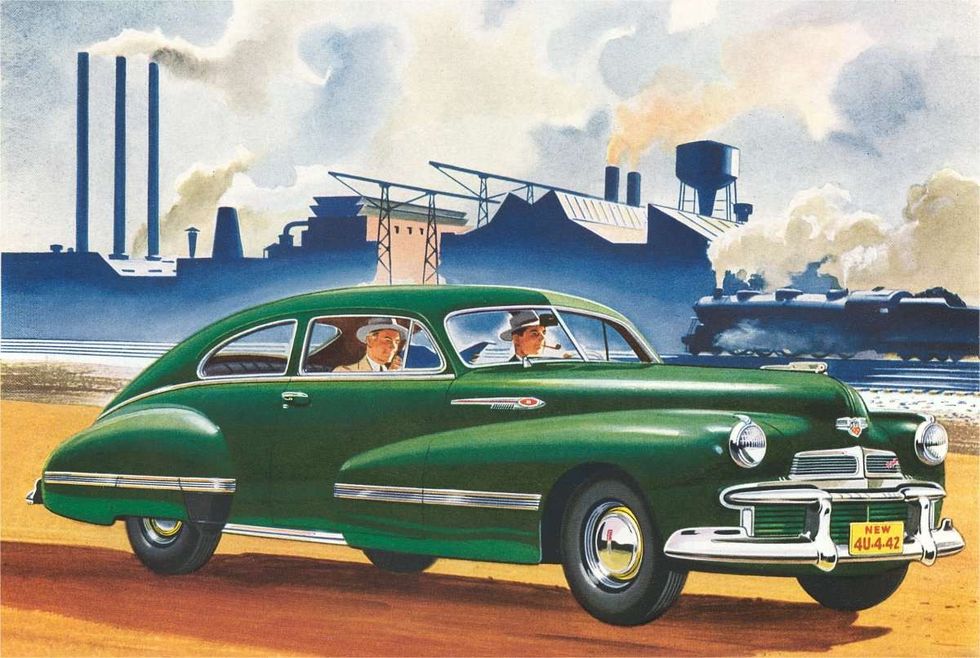
Eventually, the medal went to Hicks. Seven miles from the finish line, his trainers fed him a concoction of strychnine and egg whites, and later some French brandy for stamina. According to the Centers for Disease Control & Prevention, today, strychnine is used primarily as a pesticide, particularly to kill rats. Drunk and nauseous, while Hicks was partially unconscious, his trainers carried him to the finish line, where he was declared the winner. His legs were moving back and forth as if he was still running.

Describing Hicks from the day, Charles Lucas, a race official, said, “His eyes were dull, lusterless; the ashen color of his face and skin had deepened; his arms appeared as weights well tied down; he could scarcely lift his legs, while his knees were almost stiff," per Olympics. As Hicks finished the race, it also finished the episode of a game that was never seen and will never be seen again. "The terrific hills simply tear a man to pieces," Hicks later said. On the other hand, Lorz was banned for life for his fraudulent act.
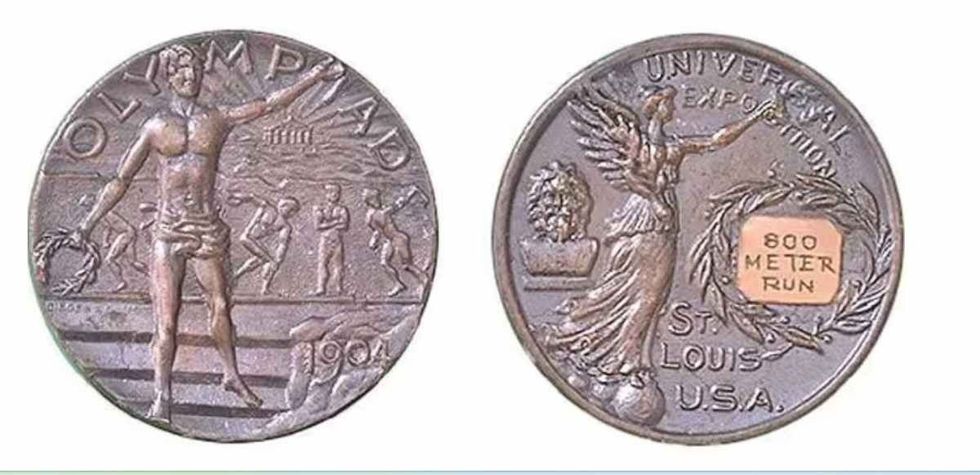
The bizarre marathon was one of the major happenings in the 1904 Olympics that appeared to be organized under an ill-fated star. This Olympics lasted 146 days, while most modern games typically last around two weeks. But this race will be something akin to the first and the last ever witnessed; the weirdest game in the Olympics history.








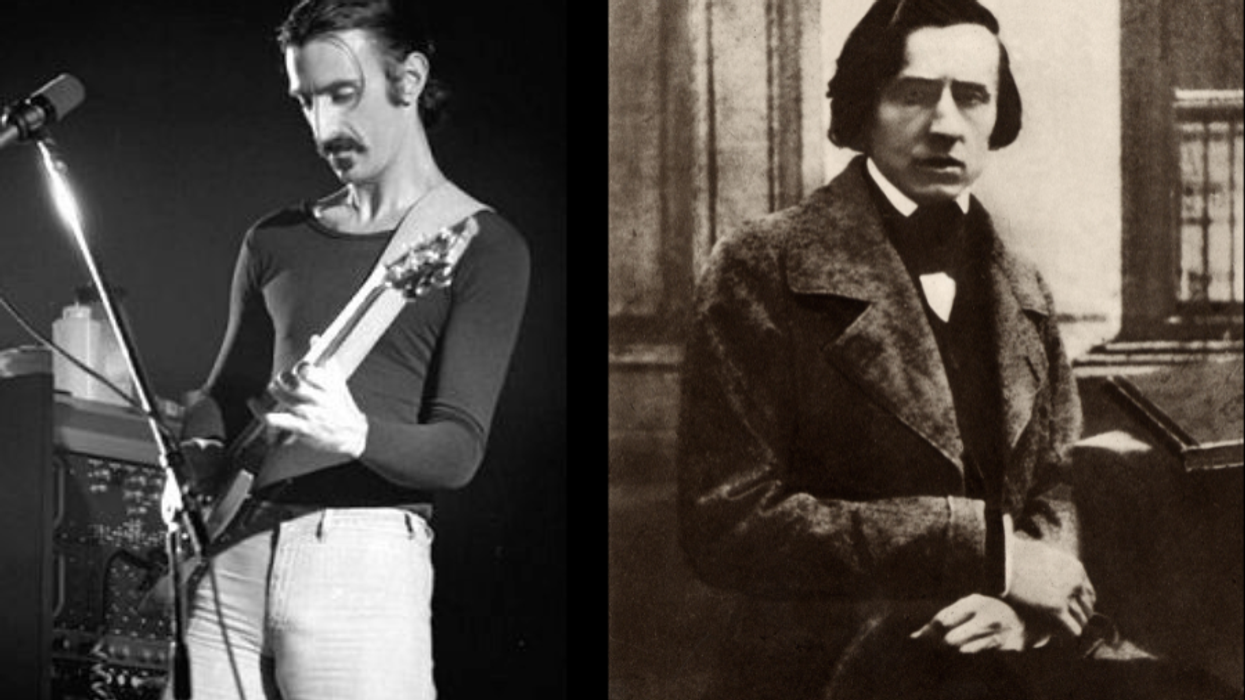
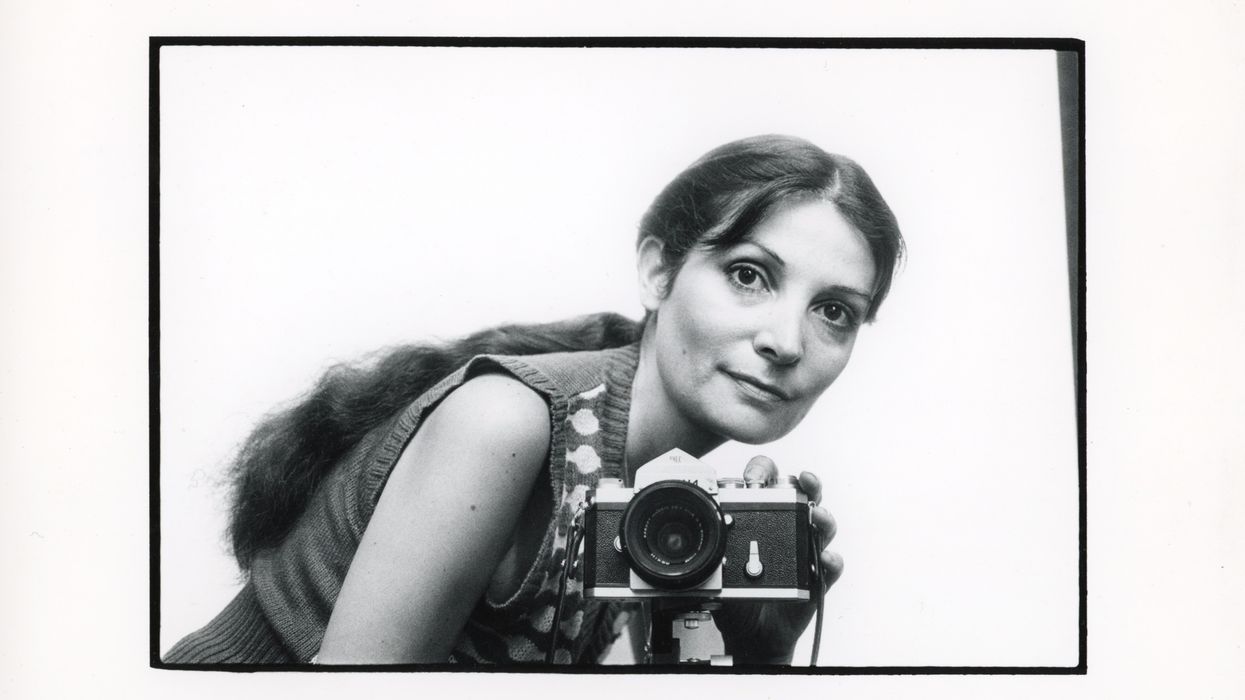

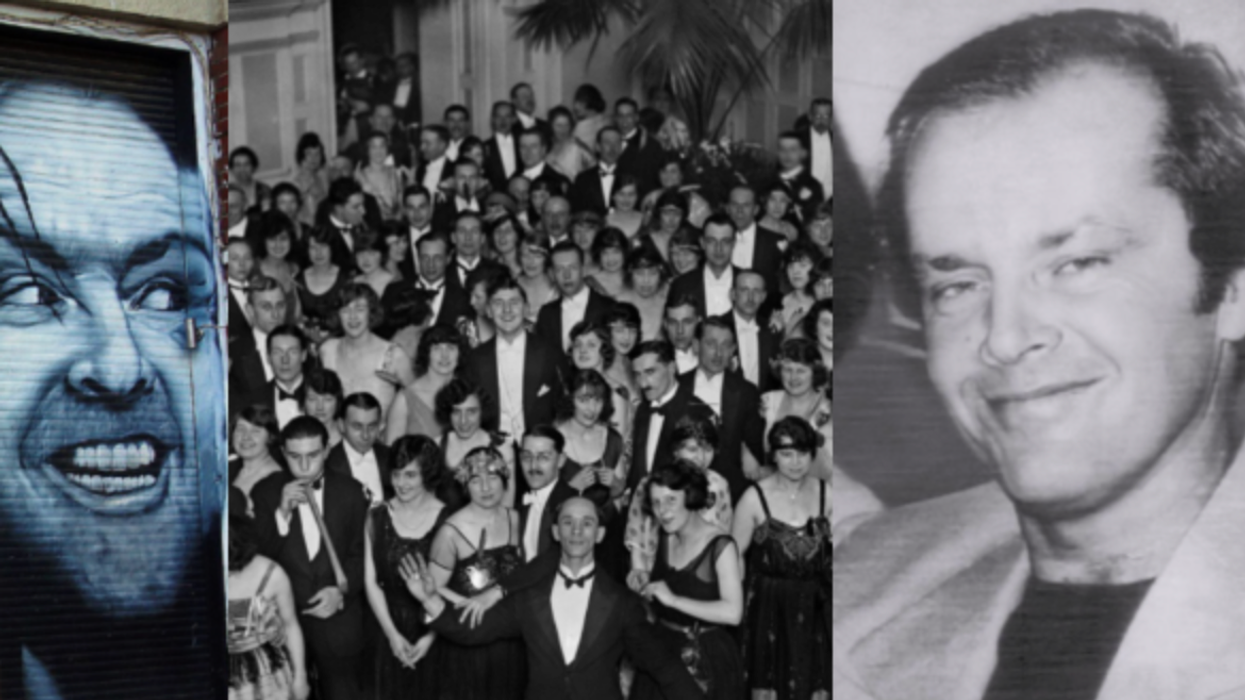



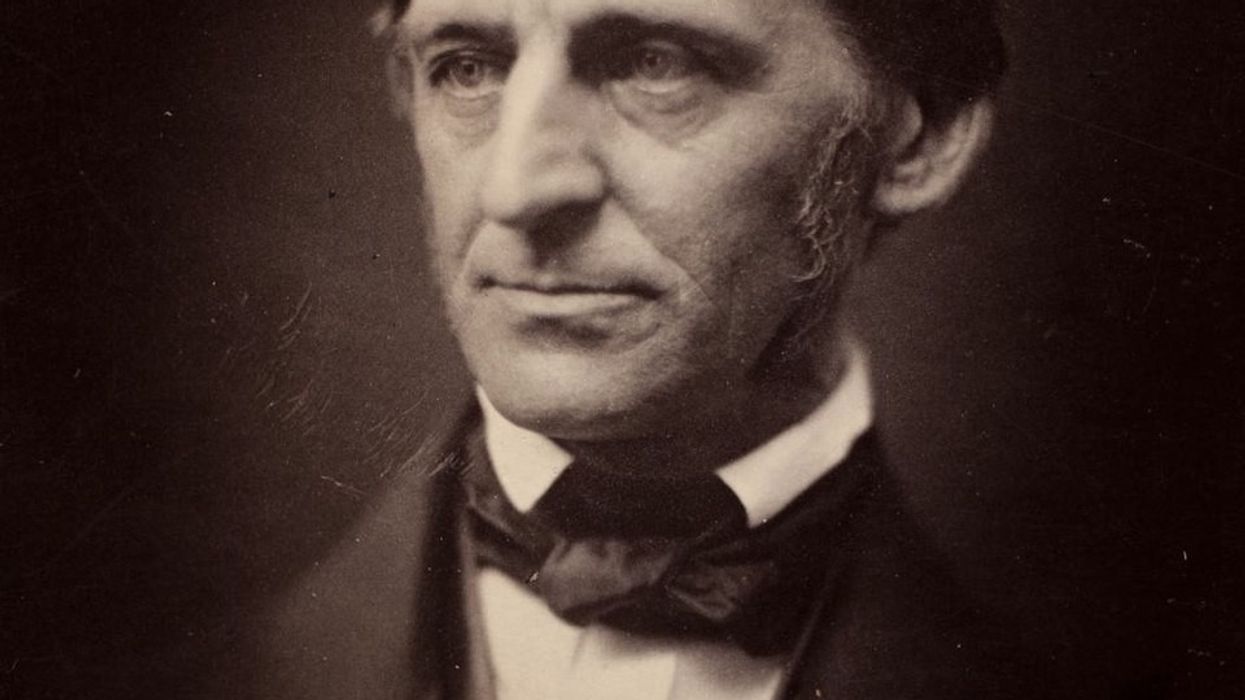


 Pictured: The newspaper ad announcing Taco Bell's purchase of the Liberty Bell.Photo credit: @lateralus1665
Pictured: The newspaper ad announcing Taco Bell's purchase of the Liberty Bell.Photo credit: @lateralus1665 One of the later announcements of the fake "Washing of the Lions" events.Photo credit: Wikimedia Commons
One of the later announcements of the fake "Washing of the Lions" events.Photo credit: Wikimedia Commons This prank went a little too far...Photo credit: Canva
This prank went a little too far...Photo credit: Canva The smoky prank that was confused for an actual volcanic eruption.Photo credit: Harold Wahlman
The smoky prank that was confused for an actual volcanic eruption.Photo credit: Harold Wahlman
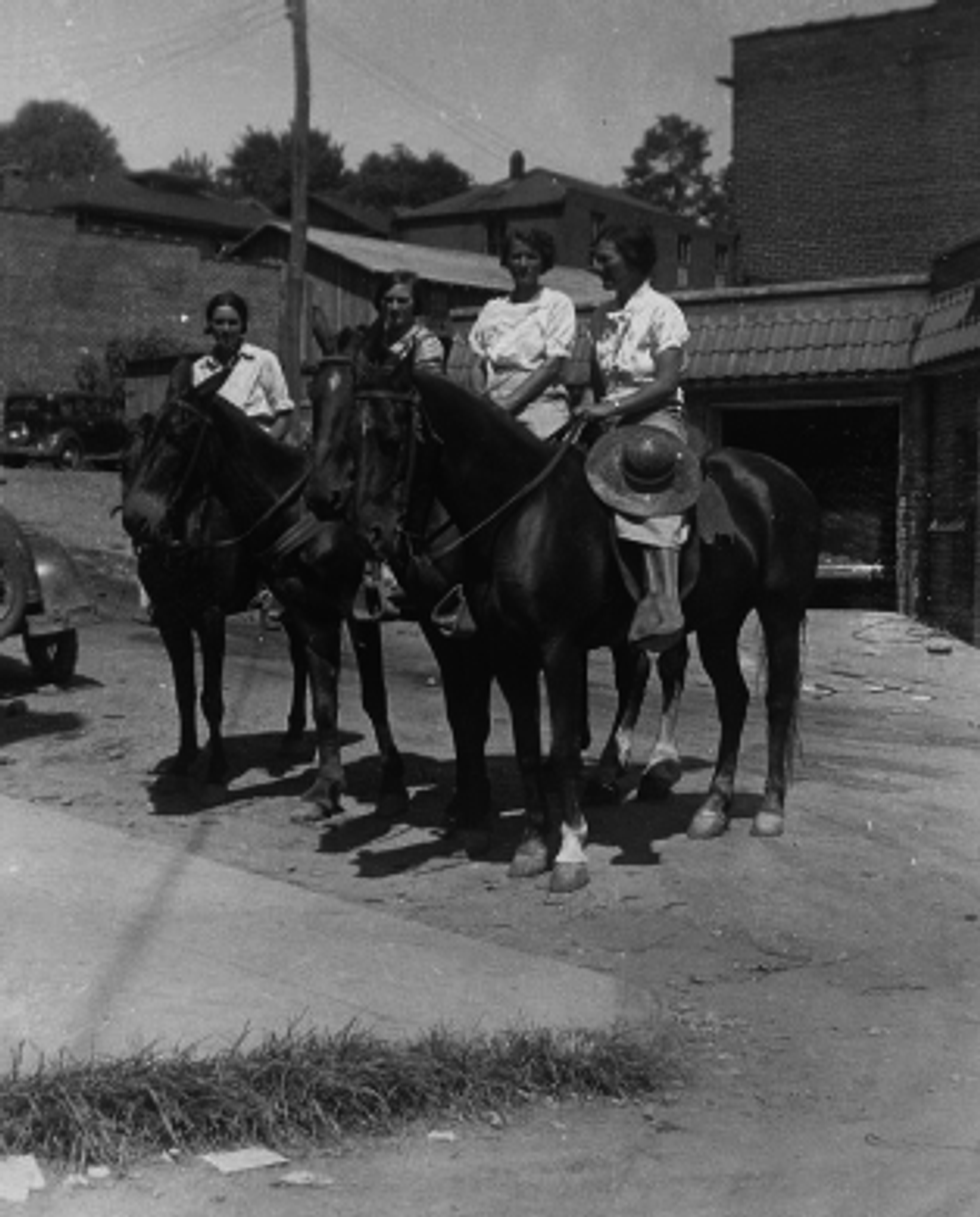 Packhorse librarians ready to start delivering books.
Packhorse librarians ready to start delivering books.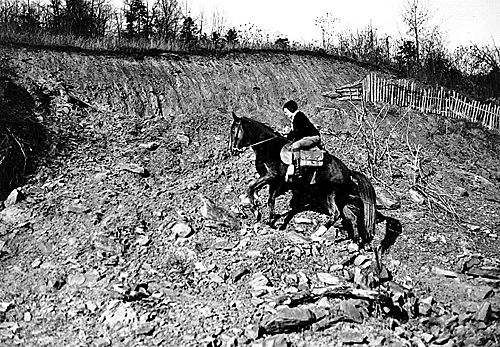 Pack Horse Library Project - Wikipedia
Pack Horse Library Project - Wikipedia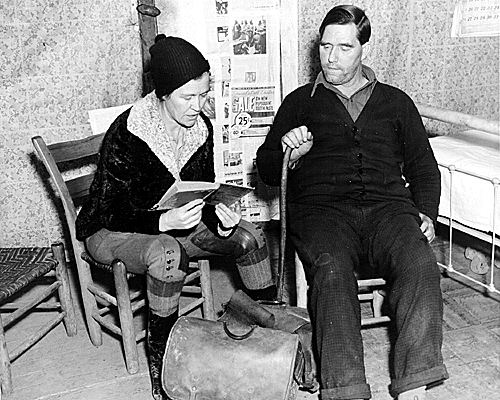 Packhorse librarian reading to a man.
Packhorse librarian reading to a man.
 Fichier:Uxbridge Center, 1839.png — Wikipédia
Fichier:Uxbridge Center, 1839.png — Wikipédia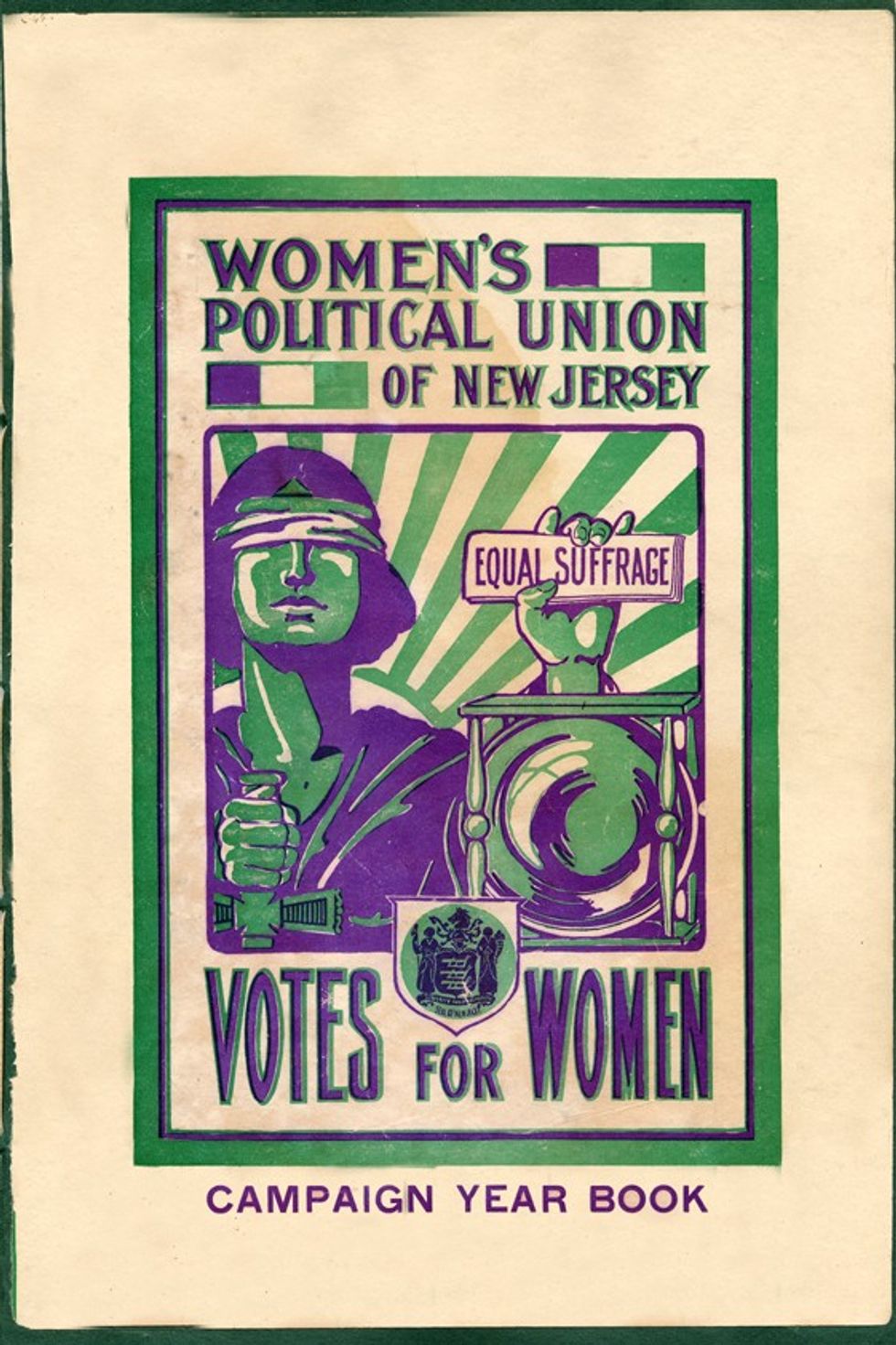 File:Women's Political Union of New Jersey.jpg - Wikimedia Commons
File:Women's Political Union of New Jersey.jpg - Wikimedia Commons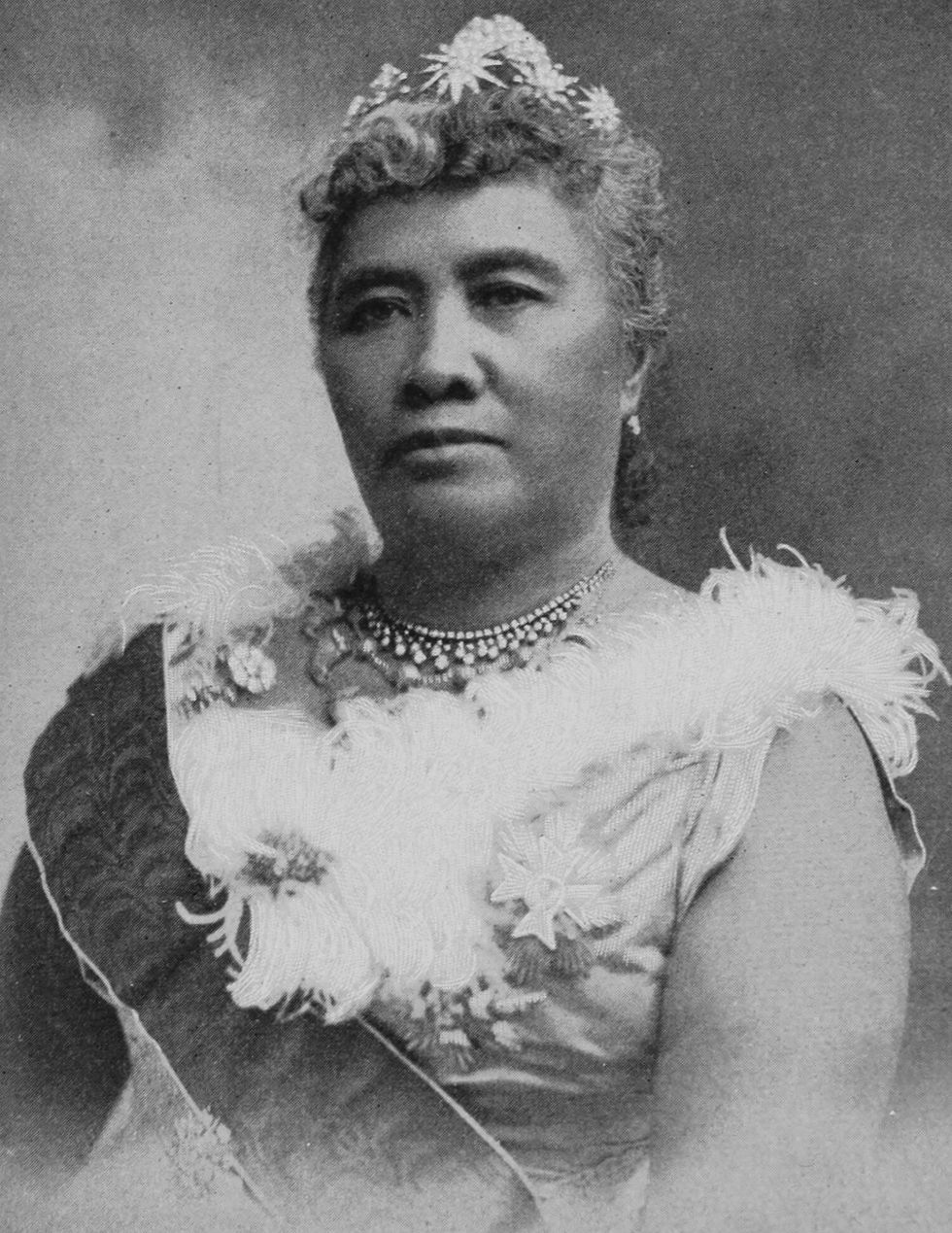 File:Liliuokalani, photograph by Prince, of Washington (cropped ...
File:Liliuokalani, photograph by Prince, of Washington (cropped ...
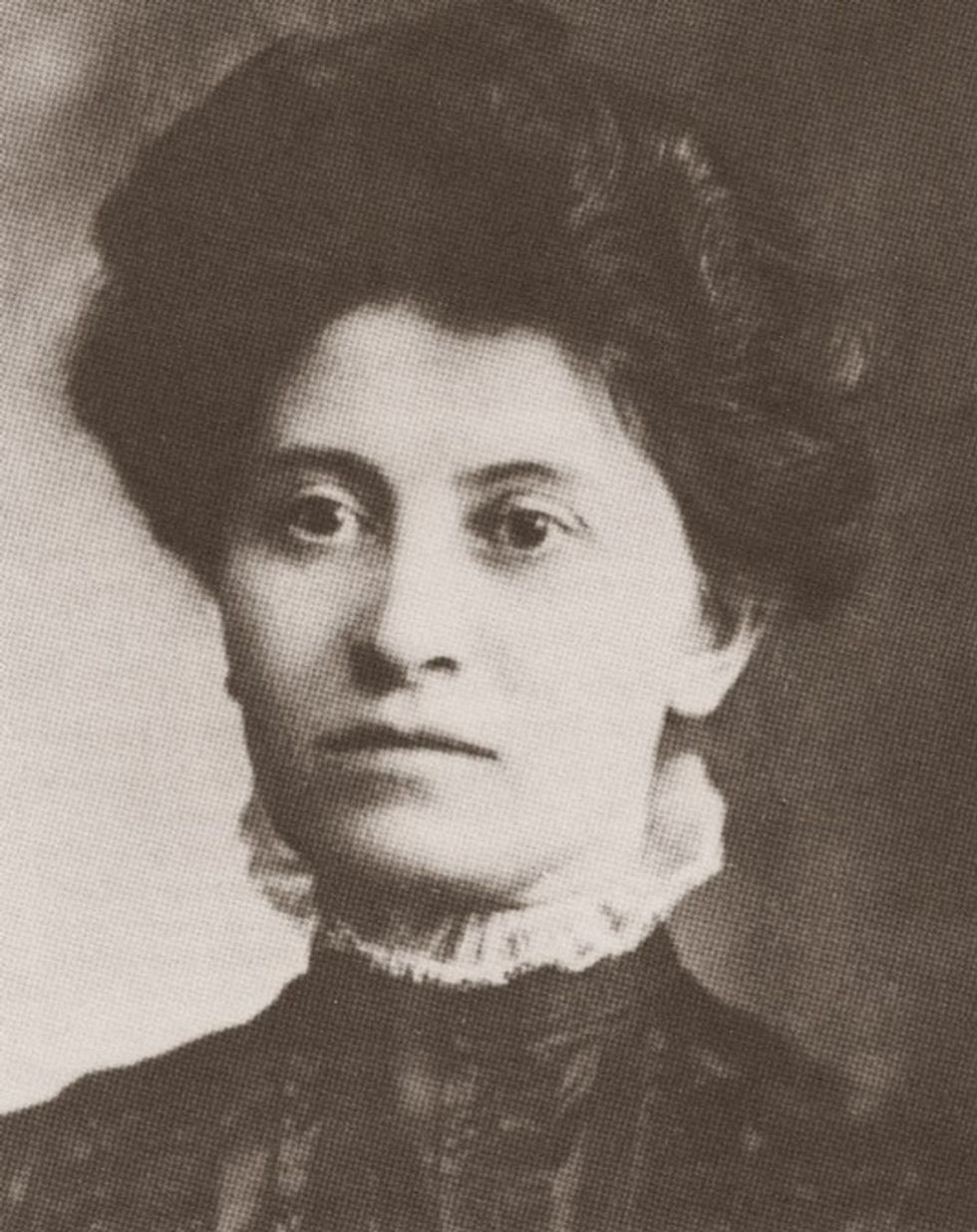 Theresa Malkiel
commons.wikimedia.org
Theresa Malkiel
commons.wikimedia.org
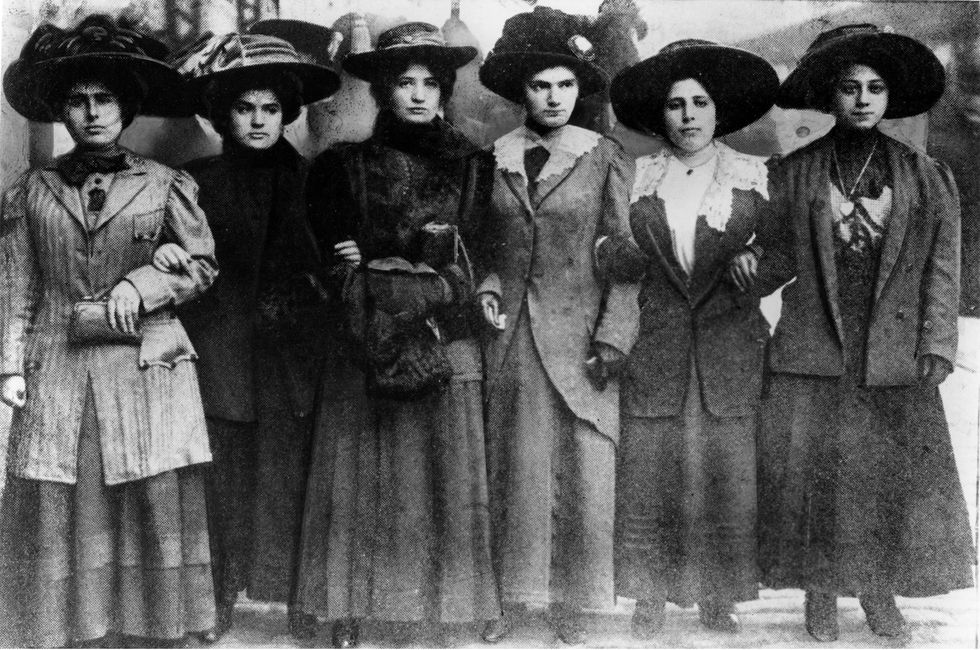 Six Shirtwaist Strike women in 1909
Six Shirtwaist Strike women in 1909
 U.S. First Lady Jackie Kennedy arriving in Palm Beach | Flickr
U.S. First Lady Jackie Kennedy arriving in Palm Beach | Flickr
 Image Source:
Image Source:  Image Source:
Image Source:  Image Source:
Image Source: 